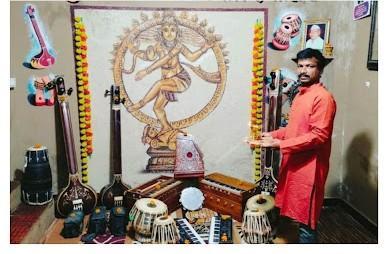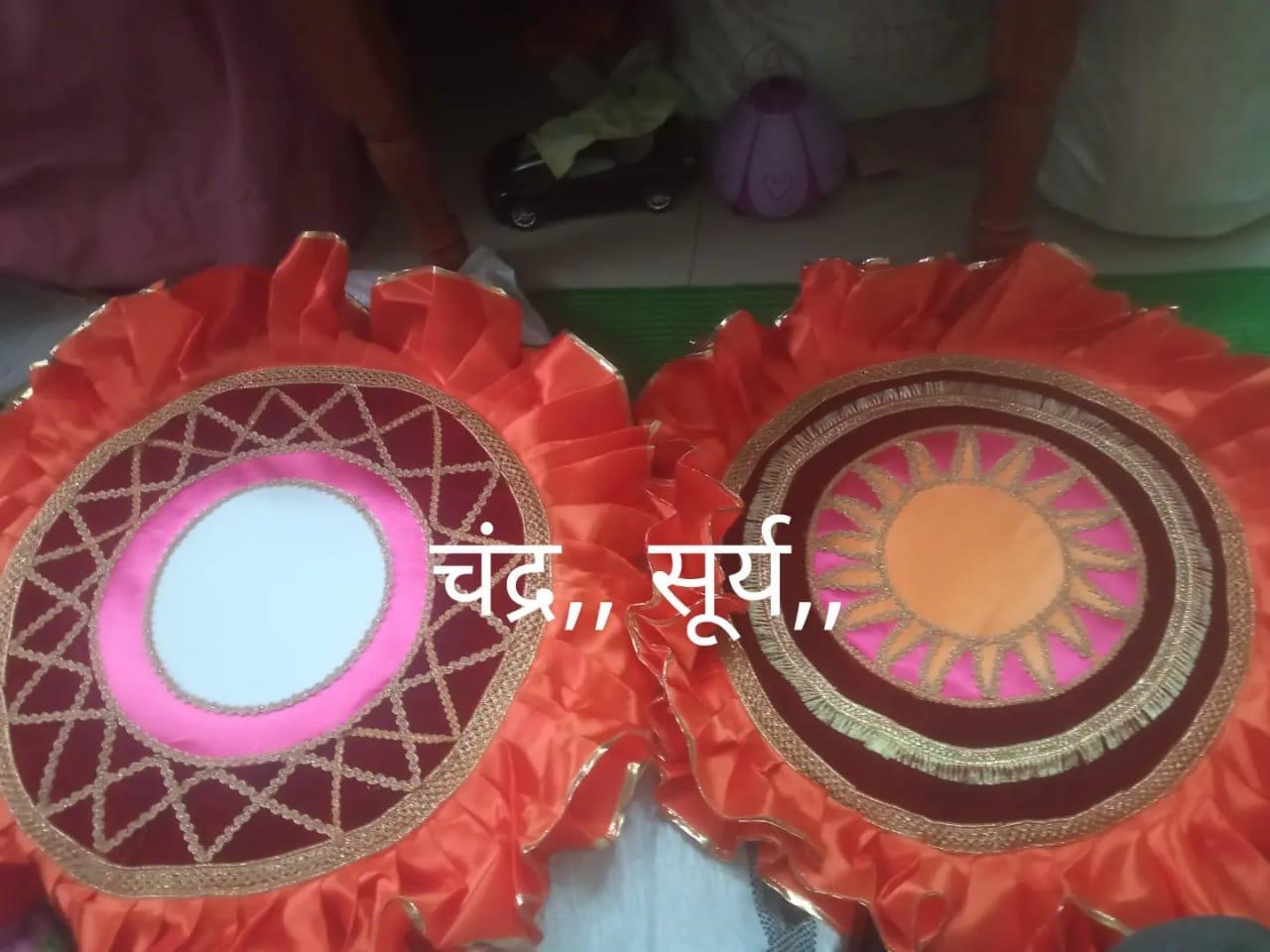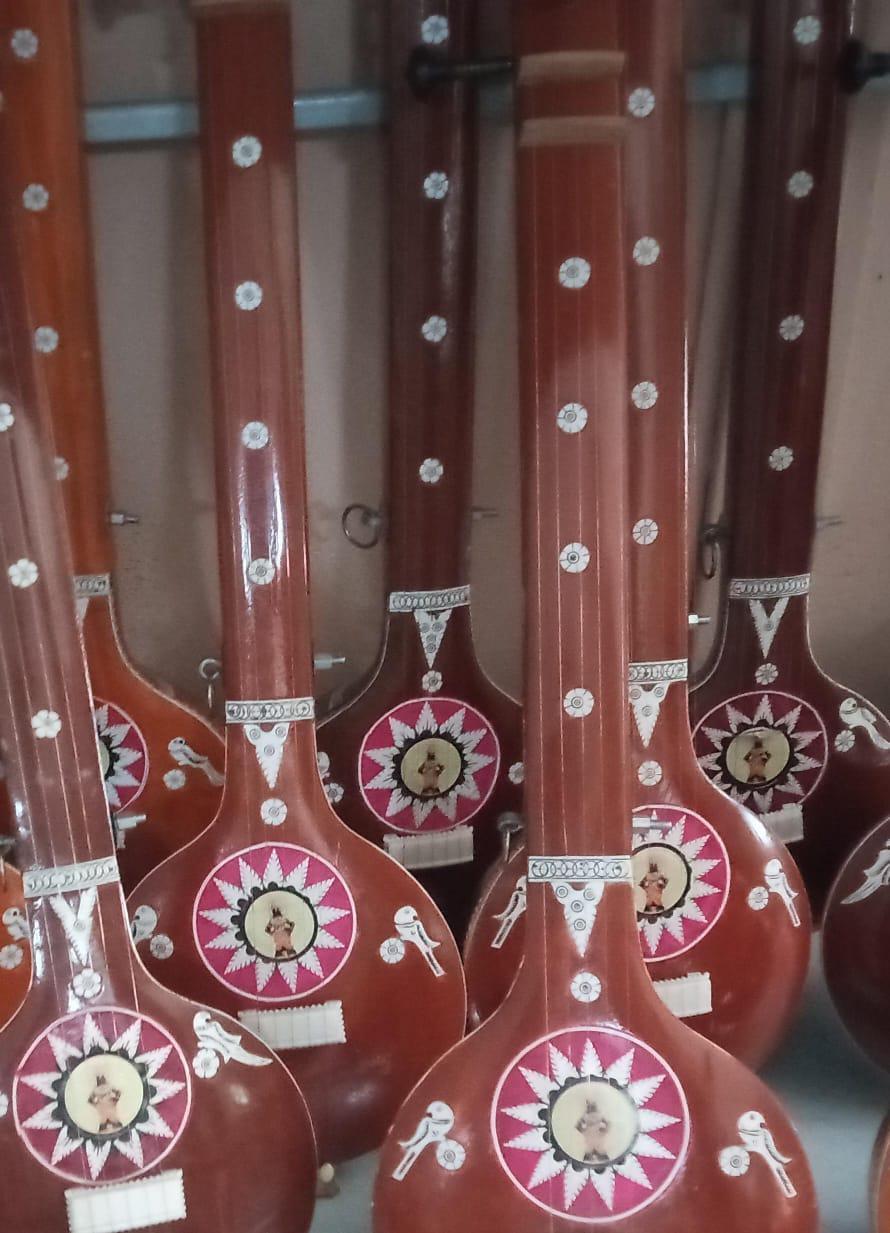WASHIM
Artforms
Last updated on 22 July 2025. Help us improve the information on this page by clicking on suggest edits or writing to us.
Poetry and Literature
Sanskrit poetry, particularly in forms such as kavyas (epic poetry) and subhasitas (epigrams), was actively composed during the 4th–5th century CE under the Vakataka dynasty (c. 250–500 CE). One of the known works from this period is the Harivijaya, authored by Sarvasena I (believed to have ruled from c. 325–355 CE), and composed, as VM Kulkarni (1977) writes in the skandhaka meter.
These literary developments are linked to the Vatsagulma branch of the Vakataka dynasty, whose capital was located at Vatsagulma, which is regarded to be the site of present-day Washim district. Sarvasena I, founder of this branch, was both a ruler and a poet, suggesting that there might have been a presence of a well-established court-based literary tradition during his reign. Under later rulers like Harishena (believed to have ruled from c. 480–510 CE), the Vatsagulma branch extended its patronage to major artistic endeavors, most notably the contributions to the Ajanta Caves.
Perhaps under these rulers, whose extant records are limited, the region might have become a site of cultural production, with support for both literary and visual arts. While much of the literature from this era has not survived, the Harivijaya remains a significant example of the artistic expression connected to the Vatsagulma branch.
Terracotta Art
Terracotta was a widely used medium in ancient India for both ritualistic and everyday objects, and the Vidarbha region, including present-day Washim district, provides significant archaeological evidence of this tradition. Artisans crafted items such as figurines, beads, pendants, and amulets, utilizing both hand-modeling and wheel-throwing techniques. Once shaped, these clay items were hardened through firing, a method that made them durable for practical and symbolic use.
In the Vakataka period, terracotta production in this region reflected both religious and social practices. Excavations at many sites including Washim have yielded artifacts connected to Shaivism, including a Ganesh figurine from Washim. Interestingly, Mohan S. Pardhi (2020) writes that some terracotta finds, such as a square spacer bead from Washim, indicate continuity from earlier periods, notably the Satavahana era, suggesting that certain techniques and designs persisted over centuries. The artifacts contribute to understanding how the region’s artisans adapted existing traditions under Vakataka patronage, while also participating in broader cultural networks.
Creative Spaces of the District
Banjara Virasat Museum
The Banjara Virasat Museum, located in Poharadevi, was established to preserve and promote the artistic and cultural heritage of the Banjara community. Poharadevi is locally referred to as the “Kashi of the Banjaras” and holds cultural significance for the community.
![Banjara Virasat Museum, Poharadevi, Washim district was inaugurated by the Prime Minister of India on 5 October, 2024.[1]](/media/culture/images/maharashtra/washim/artforms/banjara-virasat-museum-poharadevi-washim-dist_o5eDwm3.png)
Housed in a five-storey structure, the museum includes 13 galleries that display portraits, artifacts, and interactive exhibits, showcasing the traditional lifestyle, customs, and artistic expressions of the Banjaras.
Besides being a repository of cultural materials, the museum brings attention to artistic practices such as music, dance, rangoli, textile embroidery, tattooing, and painting.
Swarkunj Music Mahavidyalaya
Swarkunj Music Mahavidyalaya, located in Washim, offers instruction in classical (Shastriya) and devotional (Sugam) music. The institution provides training in traditional instruments, including the tabla and mridangam, and regularly organizes state-level Abhang Gayan competitions.
An annual Guruvandan ceremony is held on Guru Purnima to honor the tradition of music education and its practitioners.

Instruments
Abdagiri
The Abdagiri (अब्दगिरी) is a percussion instrument traditionally played at the front of the Pandharpur palkhi procession, locally known as the dindi, which travels from Shegaon to Pandharpur. Participants from Washim district consider it essential for maintaining the rhythm of the procession.

Vina
The Vina (वीणा) is a string instrument used during the same palkhi procession, typically played alongside the mrudang (a type of drum). Together, these instruments provide the melodic and rhythmic structure of the event, in which locals say Washim participants play an active role.

Sources
A.P. Jamkhedkar. Sectional President's Address: Apropos Urbanisation in Vidarbha. Proceedings of the Indian History Congress, Vol. 61, Part Two: Millennium (2000–2001), pp. 1213–1224. Retrieved fromhttps://www.jstor.org/stable/44144434?seq=3
Maharashtra State Gazetteers. 1977. Akola District. Directorate of Government Printing, Stationary & Publications, Government of Maharashtra, Mumbai.
Mohan S. Pardhi. 2020. Terracotta Art of Vidarbha: An Appraisal. Heritage: Journal of Multidisciplinary Studies in Archaeology 8.http://www.heritageuniversityofkerala.com/Jo…
Outlook Traveller. 2024. All You Need to Know About Maharashtra’s Newly Opened Banjara Virasat Museum.https://www.outlooktraveller.com/experiences…
V.M. Kulkarni. The Harivijaya of Sarvasena. Annals of the Bhandarkar Oriental Research Institute Vol. 58/59, Diamond Jubilee Volume (1977-1978), pp. 691-710https://www.jstor.org/stable/41691739?seq=1
V.V. Mirashi. 1951. The Home of the Vākāṭakas. Annals of the Bhandarkar Oriental Research Institute. Vol. 32, No. 1/4.https://www.jstor.org/stable/41784577
Wikipedia Contributors. "Harishena." Wikipedia, The Free Encyclopedia, last modified January 2025.https://en.wikipedia.org/wiki/Harishena
Last updated on 22 July 2025. Help us improve the information on this page by clicking on suggest edits or writing to us.